Sacroiliac Dysfunction
The sacrum is the wedge-shaped foundation stone at the base of the spine, it provides the key stone that completes the pelvic ring via two joints known as Sacroiliac Joints. Their function or lack of function is a much-debated topic, as it has apparently very little movement but instead acts as a shock absorber or suspension to mitigate the stress from above and below.
Other than in cases of unusual inflammatory conditions (e.g., ankylosing spondylitis), Sacroiliac Joint Dysfunction is usually a secondary condition, meaning that there is usually a different underlying issue that must be solved to fix sacroiliac syndromes.
There are lots of plausible causes of sacroiliac joint dysfunction, including:
- Leg Length Asymmetry
- Prolonged Sitting (especially at angles)
- Disc Dysfunction (affecting local muscle function)
- Muscular Imbalance
- Stretching of Tissue from Pregnancy
- Ankle or Knee Dysfunction
- Biomechanical Abnormalities
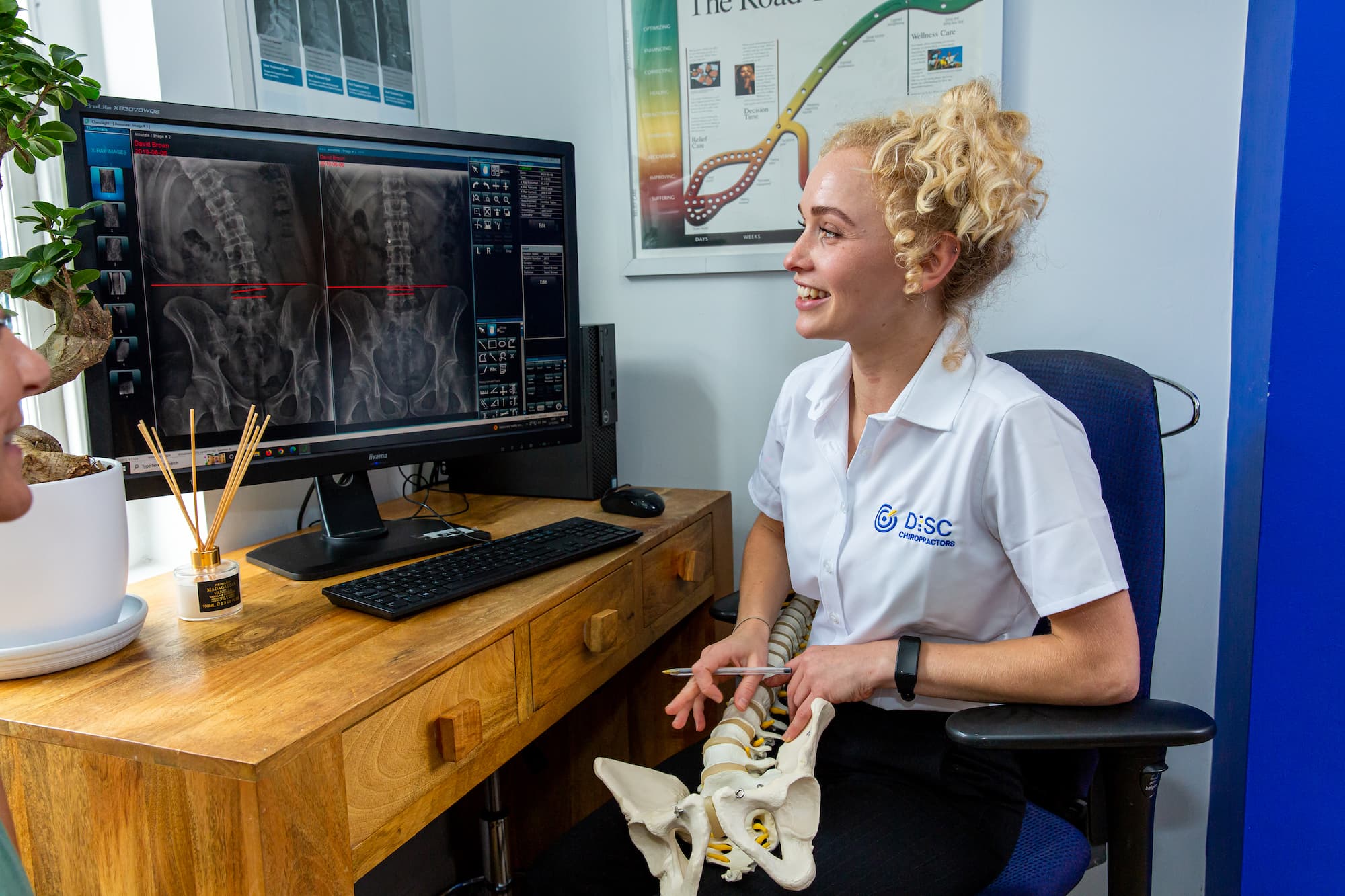
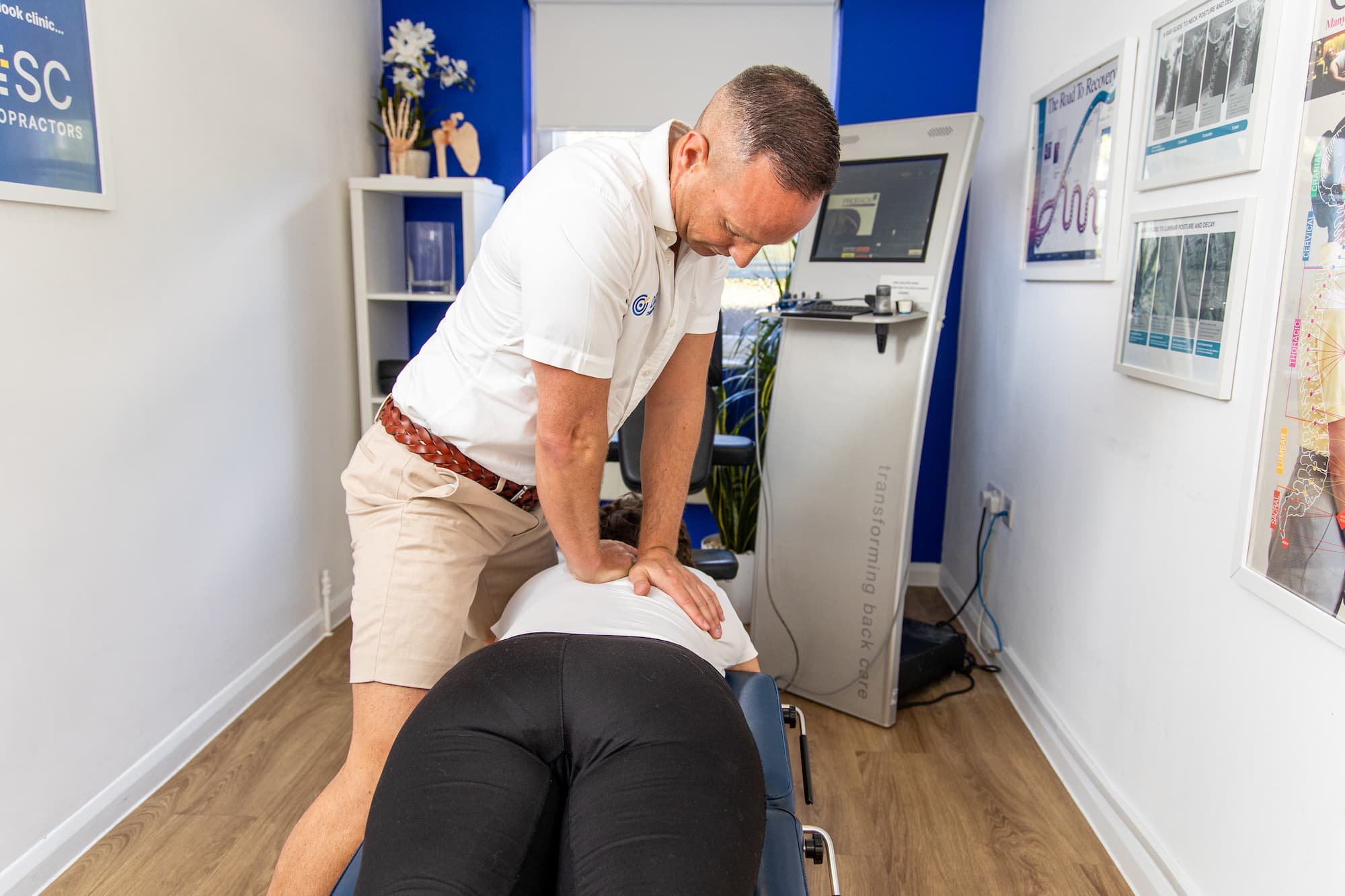
One major issue with SIJ pain is that unlike many musculoskeletal complaints that just need better movement, often SIJ’s have an inherent instability that needs to be dealt with from a support and rehabilitation perspective first.

Symptoms of Sacroiliac Joint Dysfunction
- Patients with sacroiliac joint dysfunction tend to experience:
- Pain in the lower back or buttocks
- Stiffness in the lower back or hips
- Difficulty standing up from a sitting position
- Pain when climbing stairs
- A feeling of instability in the knees
It is notable that pain from the sacroiliac joint is often confused with a lumbar disc injury or sciatica because the symptoms are similar. Furthermore, it is entirely possible to have both a sacroiliac dysfunction that exists hand in hand with an ongoing disc injury, making a thorough examination process essential to identify all the failing tissues not just the most obvious cause.
Just like in a disc injury, SIJ pain can create, both sharp pain or dull aches, in the buttock, groin and can even travel down to the upper calf, however unlike many disc conditions, SI dysfunction generally causes no tingling or weakness.
DISC TREATMENT PROTOCOL
The first step in treating any condition is to find the underlying cause, often the pain experienced by a patient is the last “domino” to fall in a cascade of reactions. A thorough examination at our DISC Clinic in Surbiton will help not only identify exactly what is generating the pain but aim to understand its root cause.
Once a diagnosis is determined, treatment options to address the issue can be explored. Pain relief, corrective measures, and preventative strategies can be implemented to ensure the problem does not return in the future.
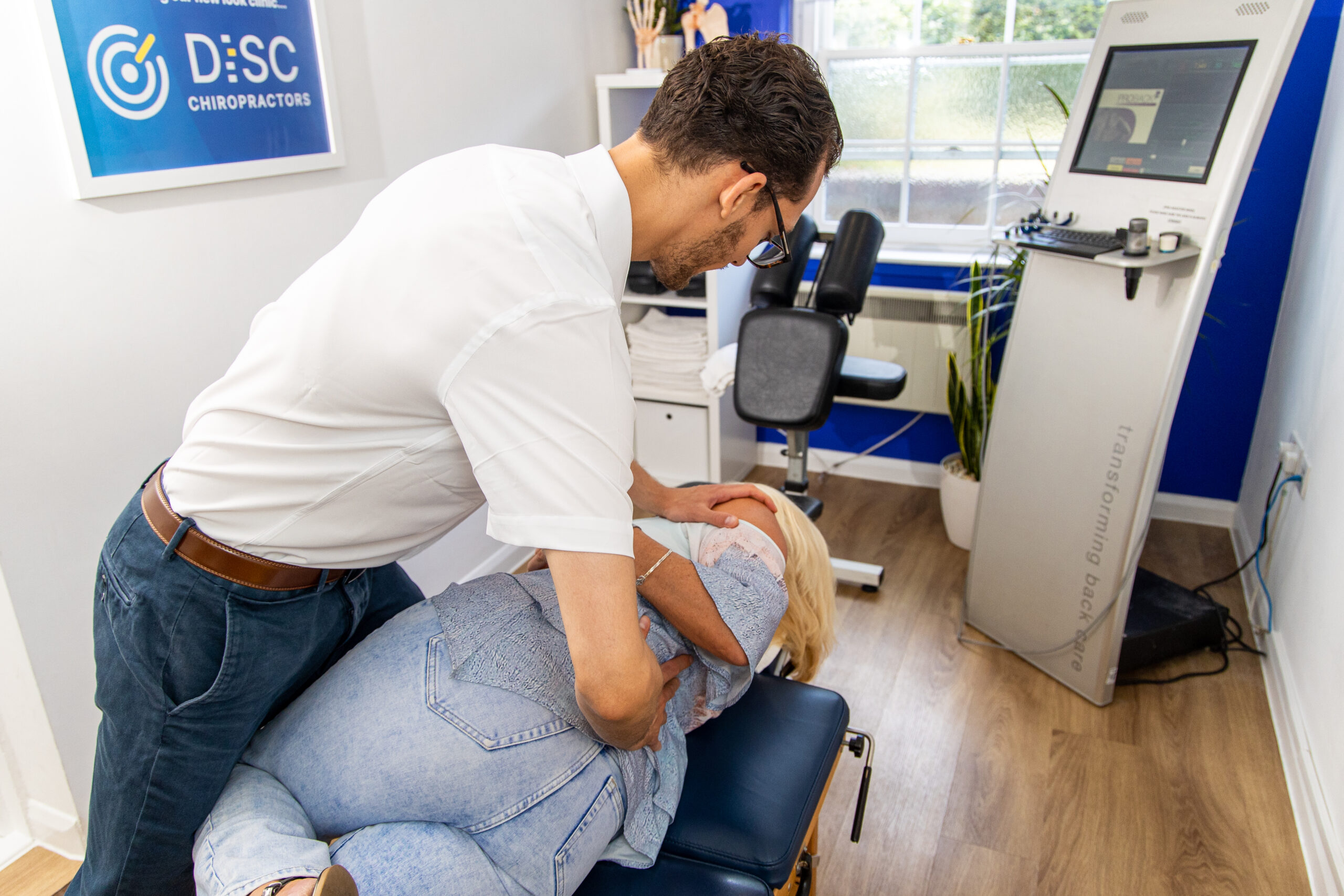
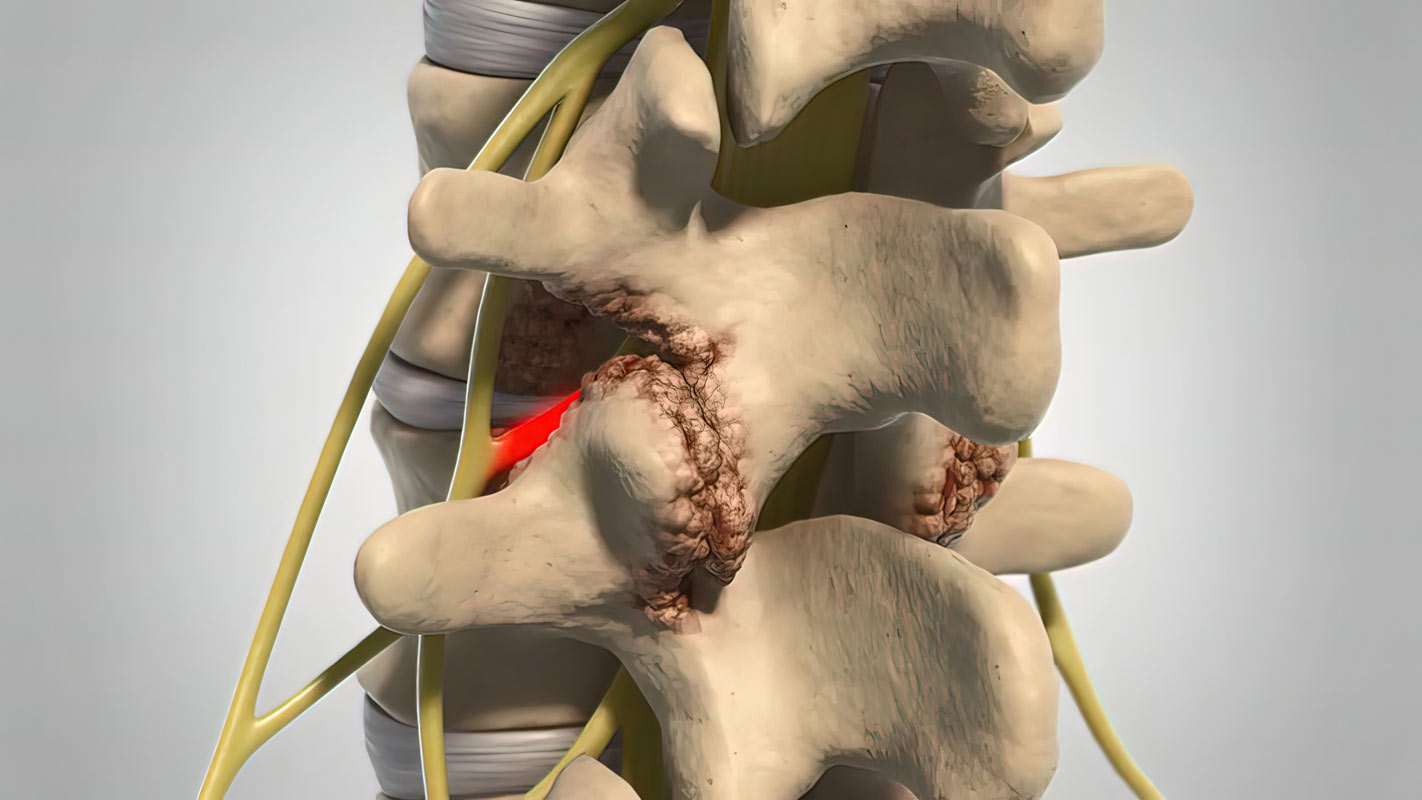
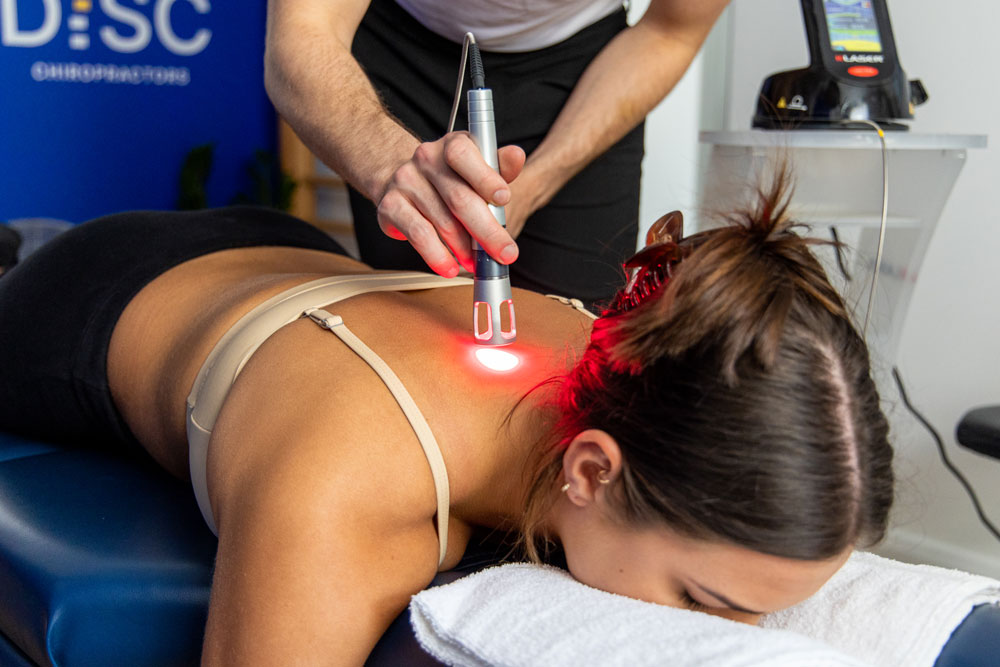
The first steps towards gaining pain relief often come by mobilising the soft tissues and joints in the area; this is achieved by using a combination of manual mobilising chiropractic techniques with our unique blend of Instrument Assisted Adjusting tools which can be used to gently initiate movement and blood flow (healing) in stubborn or inflamed tissue when stronger techniques may be contraindicated.
Spinal Decompression Therapy is one of the powerhouse treatments available at The DISC Chiropractors, its traction technology provides a unique ability to heal disc injuries and to un-trap the nerves that are often at fault for issues further down the chain for example in the arms and legs.
When conditions struggle to heal, Laser Therapy is an extremely safe and effective method of advancing rates of recovery. It’s warm photon light energy stimulates mitochondrial activity to enhance recovery in each and every cell of the body. Laser Therapy is especially useful in cases of inflammation, such as arthritic and repetitive strain conditions.
A major part of how our treatment protocols work is to ensure whilst the pain is coming under control, we are filling the patient with the knowledge of how to keep and maintain their results using corrective measures and rehabilitation tools to enhance their outcomes
To find out about some of the other conditions we treat click link
Contact Us
If you would like to find out what we could do to help your Sacroiliac Dysfunction, please click the icon below to book a thorough consultation to evaluate your case.
